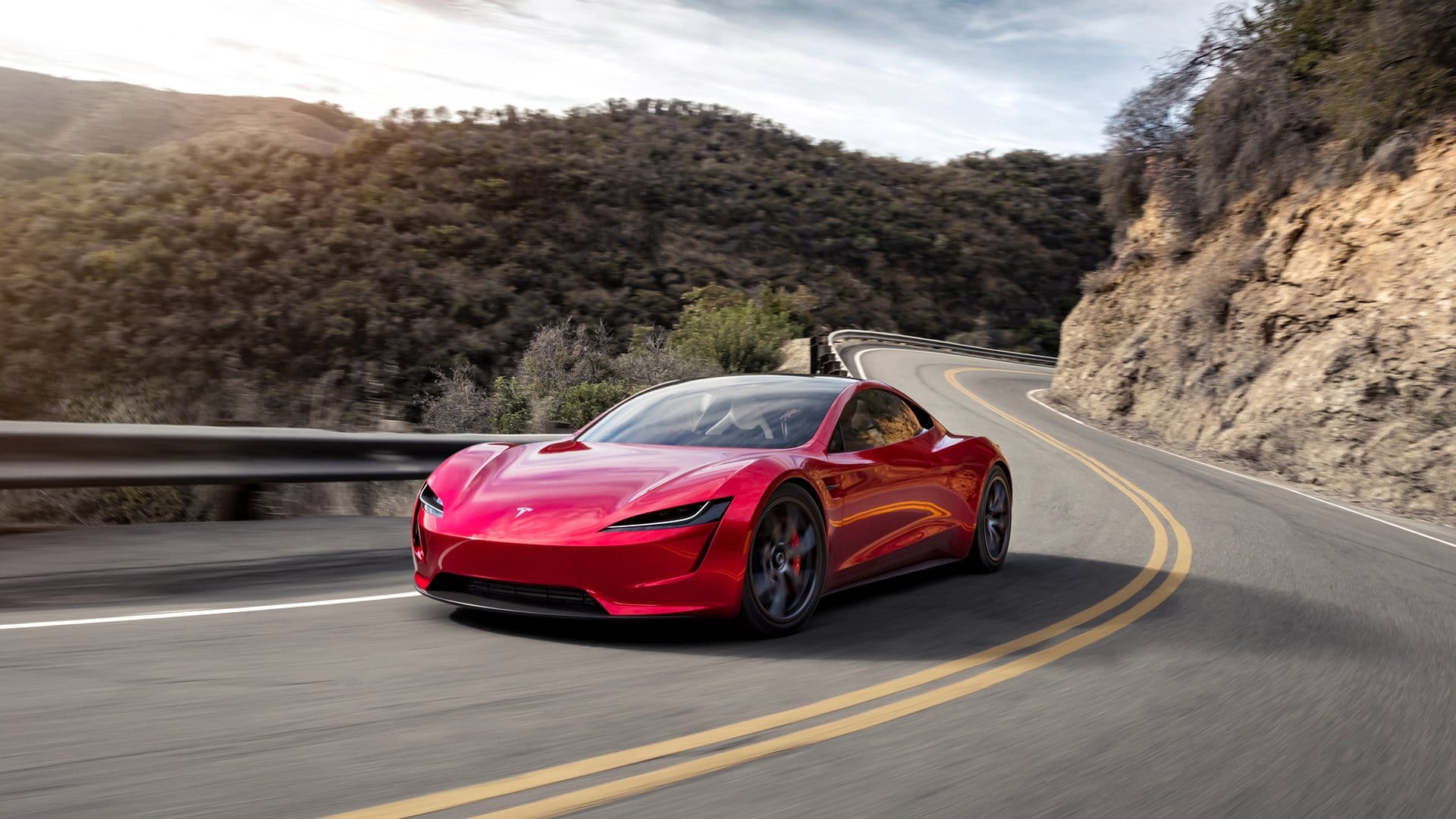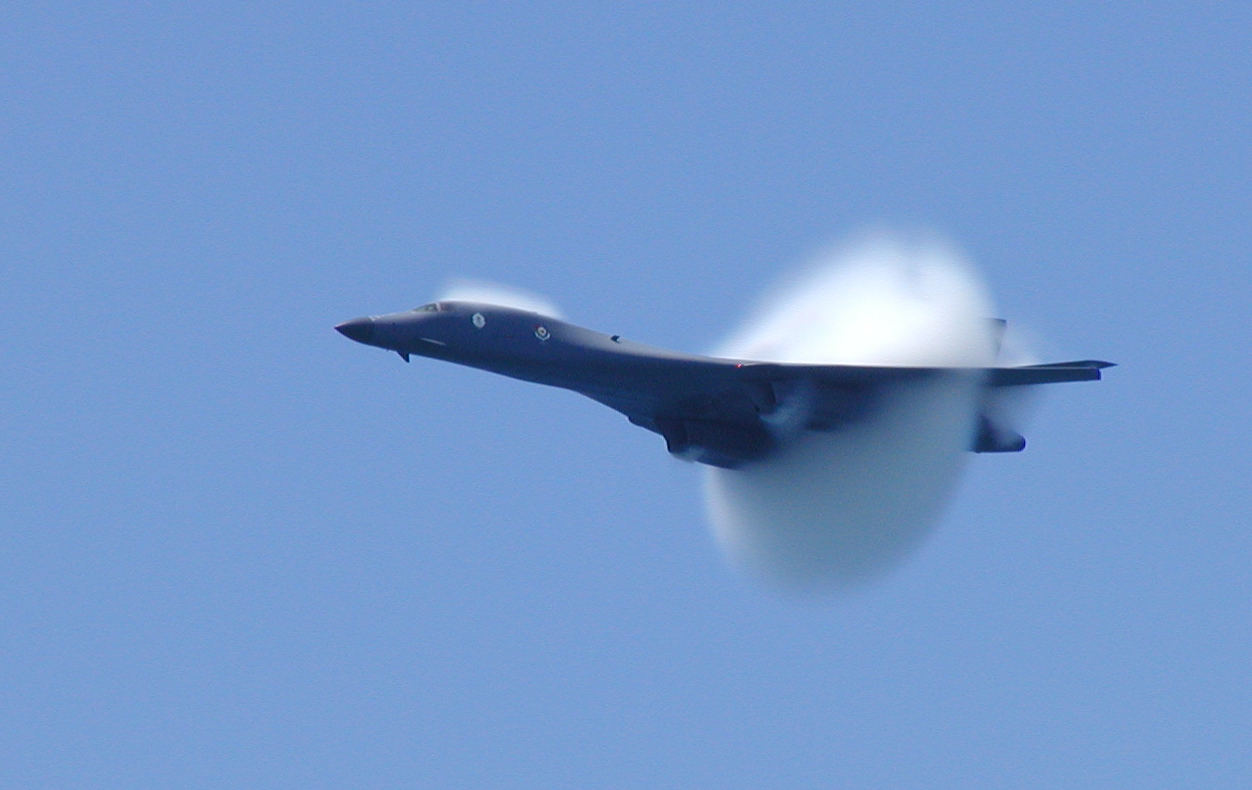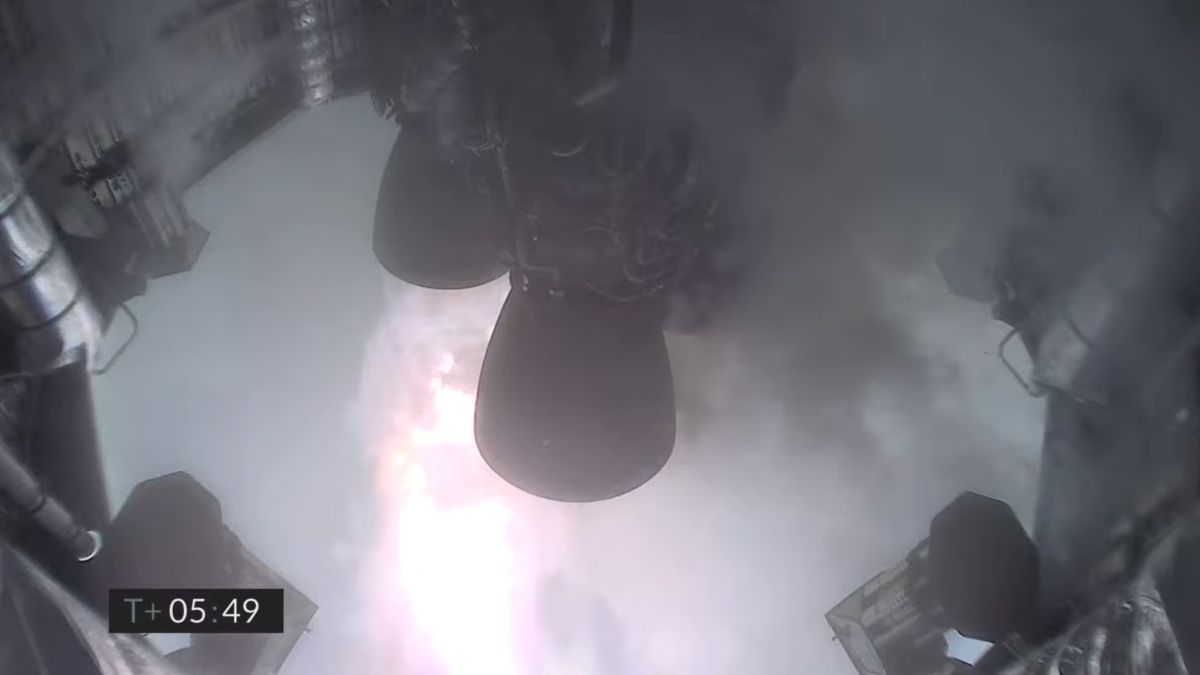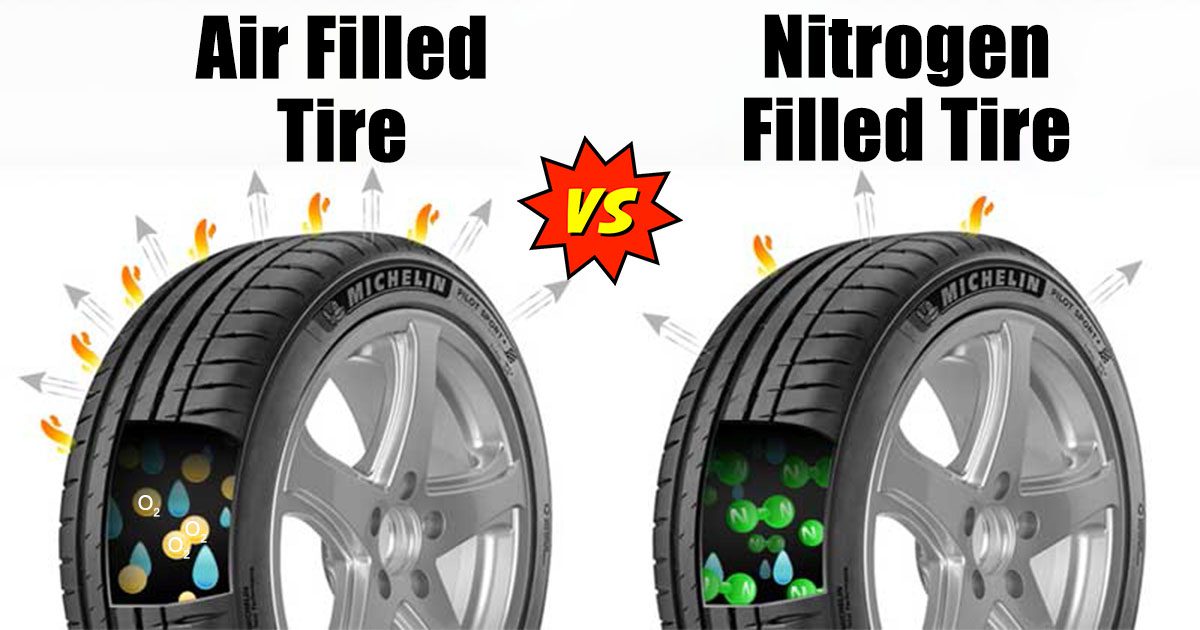
The Landing Craft Air Cushion (LCAC) is a type of air-cushion ship (hovercraft) employed by the U. S. Navy’s Assault Craft Units and the Japan Maritime Self-Defense Force as a landing craft (JMSDF). They carry the assault components of the Marine Air/Ground Task Force’s weapons systems, equipment, supplies, and soldiers from ship to shore and over the beach.
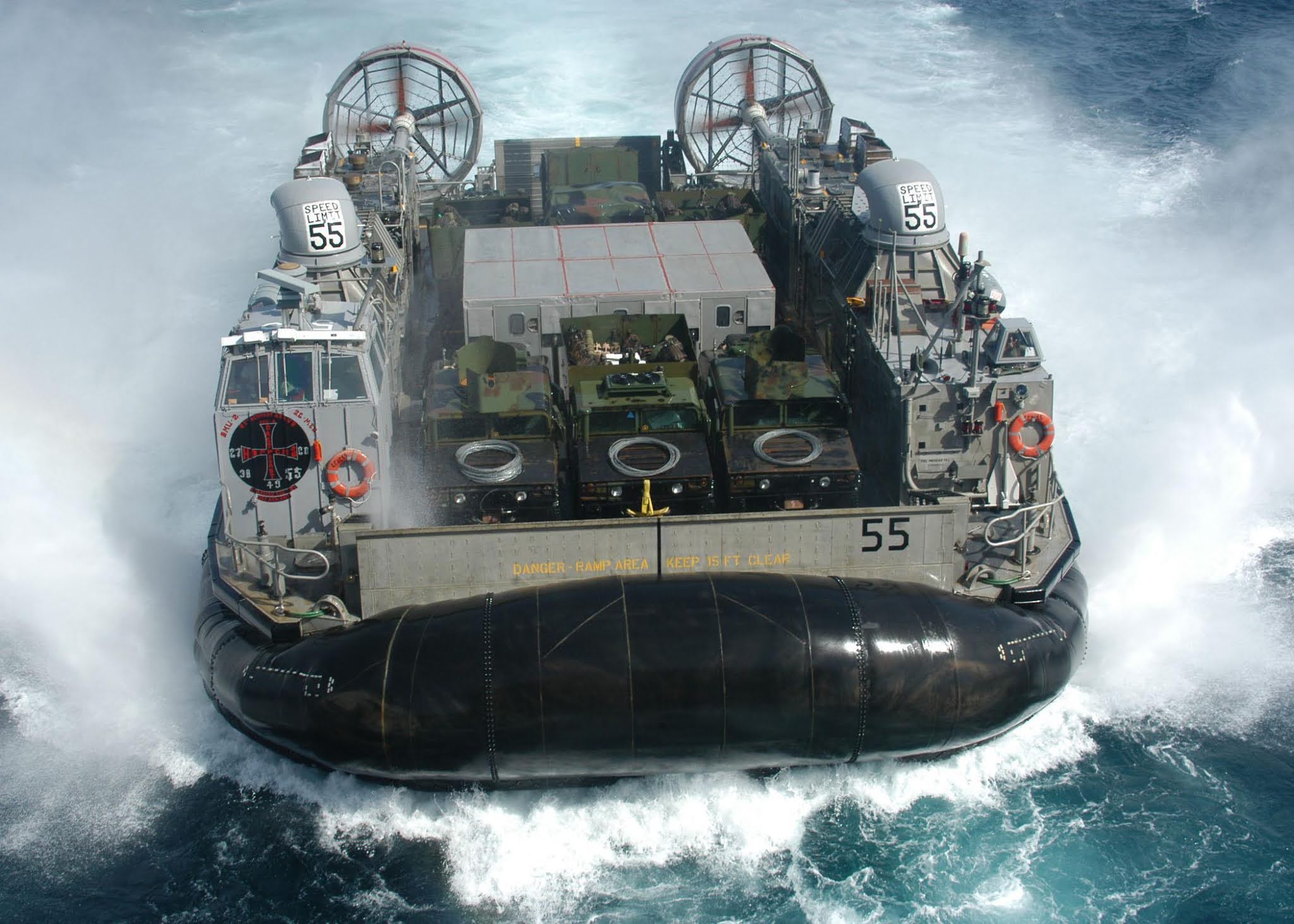
Today’s modern design concept LCAC was founded in the early 1970s. On June 29, 1987, LCAC received full production approval. By 1989, 48 air-cushion landing boats were authorized and allocated. The final ship, LCAC 91, was handed to the United States Navy in 2001.
Lockheed Shipbuilding Company was chosen as a competitive second source. The budget request for 1990 contained $219.3 million for nine aircraft.
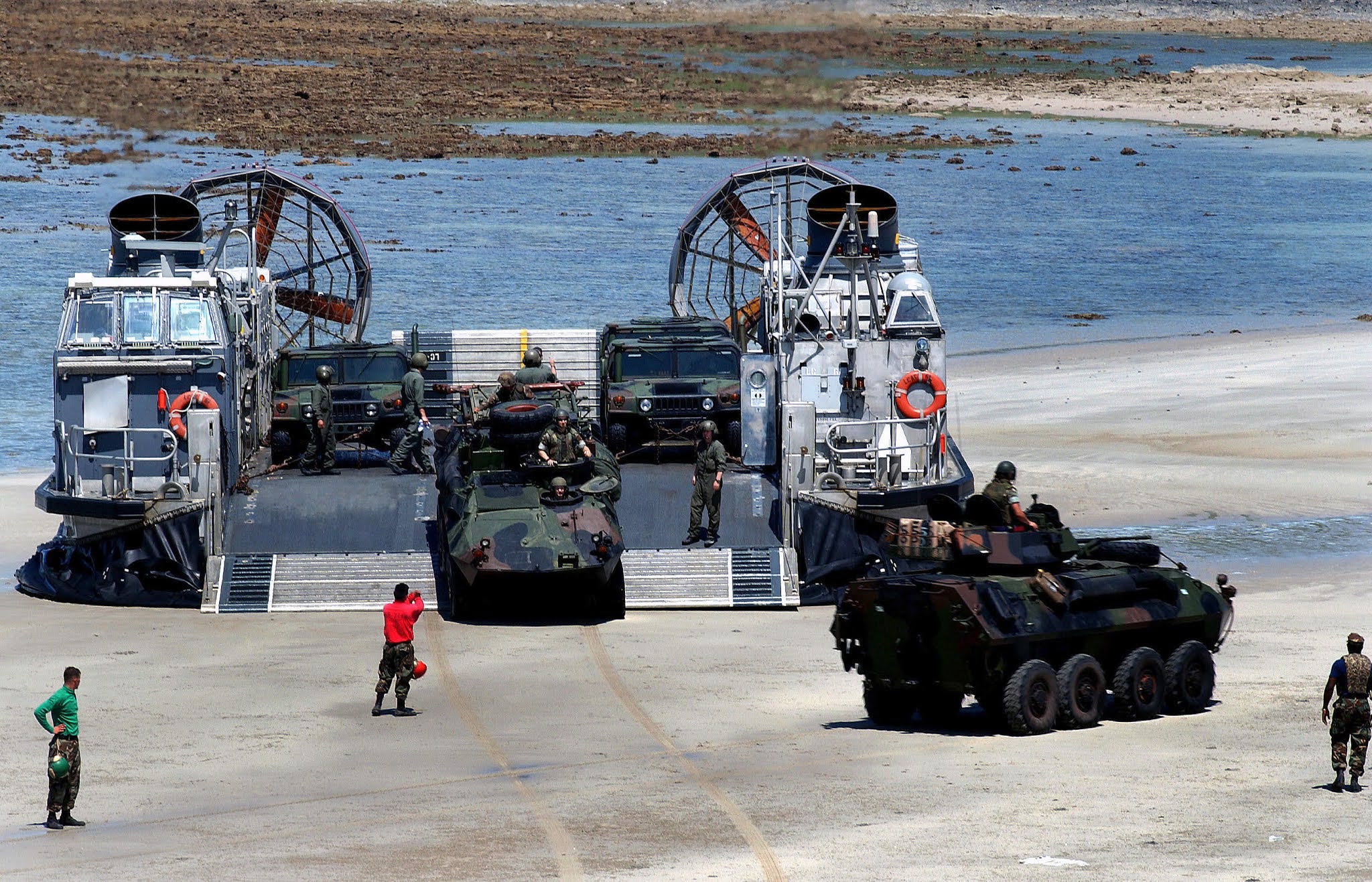
LCAC also offers troop transport, evacuation support, channel breaching, mine countermeasure operations, and Marine and Special Warfare equipment delivery, in addition to beach landing.
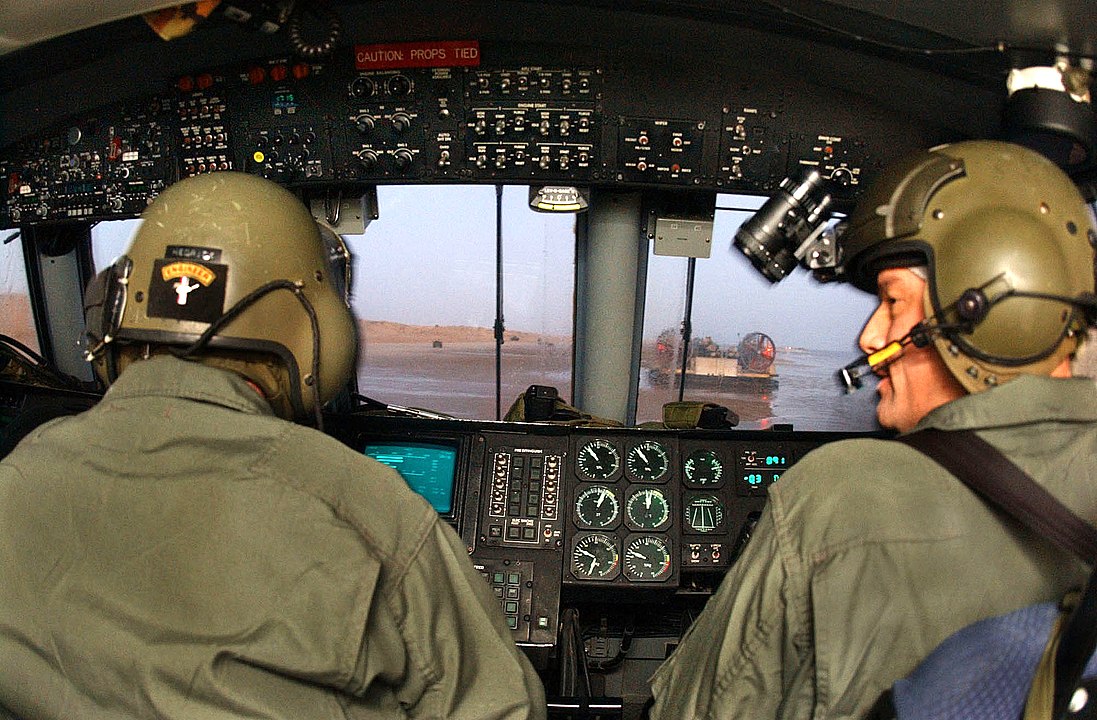
The four primary engines are employed for both lift and main propulsion. With two engines out of service, the craft can continue to function at a reduced capacity. They may be swapped out for redundancy. 180 properly equipped troops may be accommodated in a transport model. The cargo capacity is 1,809 square feet (168.1 m2). The LCAC can carry a 60-ton cargo (up to 75 tons in an overload scenario), including one M-1 Abrams tank, at speeds of more than 40 knots.
The LCAC is a significant advancement in current amphibious combat technology. It enables the launch of amphibious assaults from places above the horizon up to 50 nautical miles (93 km; 58 mi) offshore, reducing the danger to ships and men while increasing confusion in the enemy’s mind about the location and time of an attack, enhancing its chances of success.
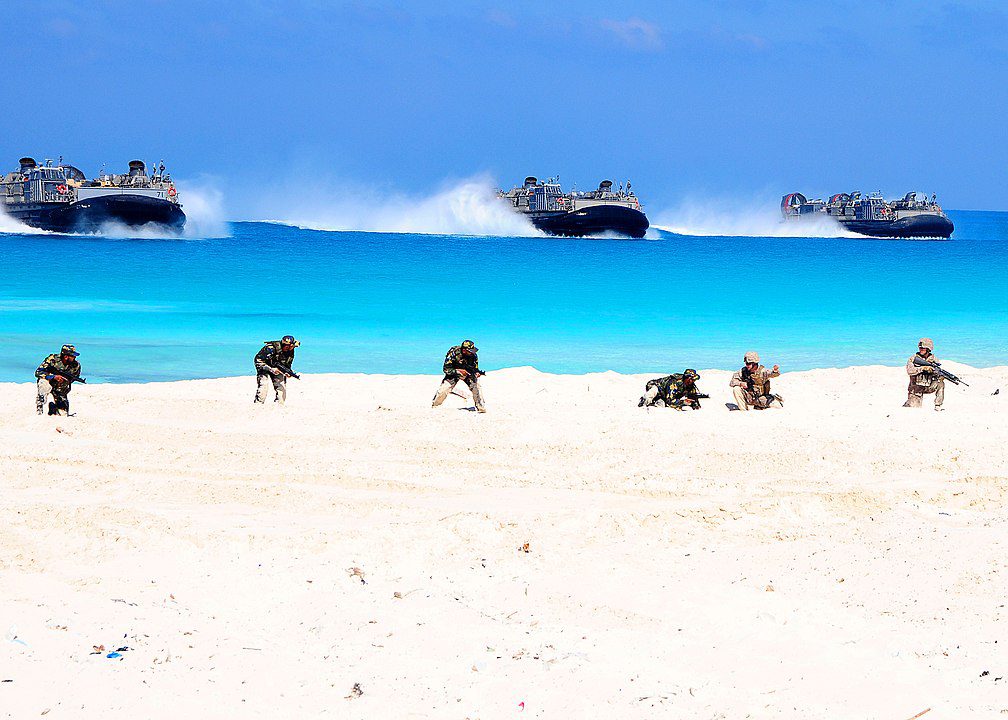
Because of the LCAC’s propulsion mechanism, it is less vulnerable to mines than other attack craft or vehicles. Because of its incredible over-the-beach capabilities, the LCAC can reach more than 80% of the world’s coasts. Landing craft formerly had a max speed of around eight knots (15 km/h; 9.2 mph) and could only cover around 17% of the world’s beach area. Assaults were launched from a few miles off the coast.

The US Navy had 80 LCACs in its inventory as of September 2012. Of the 80 LCACs, 39 have completed the Service Life Extension Program conversion, 7 are in the process of completing the Service Life Extension Program conversion, and 4 are awaiting induction. The USN’s LCAC inventory will continue to decline as the LCAC Service Life Extension Program is phased down.

